Barrett MRAD .300 Weatherby Mag Bolt Action Rifle, 26" Barrel, Black – 18487 For Sale
$6,448.99
The Barrett MRAD .300 Weatherby Mag Bolt Action Rifle is a versatile and precision-engineered firearm, featuring a 26-inch barrel and a sleek black finish. Designed for both tactical applications and range use, it boasts a robust monolithic upper receiver made from 7000-series aluminum and a full-length M1913 Picatinny rail for enhanced long-range accuracy. The rifle’s adaptability is highlighted by its user-friendly, changeable barrel system, which allows shooters to switch between seven different calibers or adjust barrel lengths with ease using a standard Torx wrench. Additionally, the handguard’s mounting slots provide a solid platform for attaching various accessories. The Barrett MRAD excels in any shooting scenario, offering unmatched performance and flexibility for professional or precision shooting.
Can civilians buy Barrett-Mrad?
Yes, civilians in the United States can purchase the Barrett MRAD (Multi-Role Adaptive Design) rifle, provided they comply with federal, state, and local regulations regarding firearms ownership. This typically includes passing background checks and adhering to any state-specific restrictions. It’s important to note that firearms laws can vary significantly depending on the jurisdiction, so potential buyers should ensure they understand the legal requirements in their area.
How far can a Barrett-Mrad shoot?
The Barrett MRAD (Multi-Role Adaptive Design) rifle is capable of accurately engaging targets at distances up to 1,500 to 2,000 meters, depending on factors like ammunition type and environmental conditions.
What caliber is the Barrett-Mrad?
The Barrett MRAD (Multi-Role Adaptive Design) can be chambered in multiple calibers, including .308 Winchester, .300 Winchester Magnum, and .338 Lapua Magnum.
Is the MRAD a good rifle?
The MRAD (Multi-Role Adaptive Design) rifle by Barrett is generally considered a good rifle, particularly valued for its modularity, accuracy, and durability. It is designed to serve multiple roles, allowing users to switch calibers and configure the rifle for various operational needs. Its performance in various conditions and adaptability make it a popular choice among military, law enforcement, and civilian shooters. However, whether it is “good” can depend on specific needs and preferences regarding things like weight, cost, and application.
Why is 50 BMG illegal?
The legality of the .50 BMG (Browning Machine Gun) cartridge can vary depending on the jurisdiction. In some areas, particularly certain states in the United States, the .50 BMG is restricted or banned due to concerns over its power and potential for misuse. Reasons often cited for these restrictions include the round’s exceptional range, armor-piercing capability, and the potential threat it could pose to infrastructure or aircraft if used maliciously. Lawmakers concerned about public safety or potential terrorist threats may impose regulations to limit access to such powerful ammunition. However, in many places, the .50 BMG is legal and regulated similar to other firearms ammunition, requiring certain permits or meeting specific criteria for possession. Always check local laws for up-to-date and specific regulations regarding the .50 BMG.
Are Barrett rifles worth the money?
Determining whether Barrett rifles are worth the money depends on several factors, including your specific needs, budget, and intended use. Here are some points to consider:
1. **Quality and Performance**: Barrett rifles are renowned for their high quality, precision engineering, and reliability. If you require a long-range rifle that performs exceptionally well in challenging conditions, they may be worth the investment.
2. **Purpose**: Barrett rifles, especially models like the Barrett M82 or M107, are often used for military or law enforcement purposes where long-range capabilities are crucial. For civilian use, it depends on whether you need such high-powered performance for activities like competitive shooting or long-distance hunting.
3. **Cost**: Barrett rifles are usually more expensive than other brands. If cost is a primary concern and you do not need the extreme long-range capabilities, there might be less expensive alternatives that meet your needs.
4. **Resale Value**: Barrett rifles generally retain their value well, so if you plan to sell it in the future, you might recoup a good portion of your investment.
5. **Ammunition Costs**: Consider the cost of the ammunition as well, as Barrett rifles often use large calibers like .50 BMG, which can be expensive to shoot regularly.
Ultimately, if your requirements align with what Barrett rifles offer, and your budget allows for the investment, they could be worth the money. However, for casual shooters or those with less demanding requirements, there may be more cost-effective options available.
What sniper did Chris Kyle use?
Chris Kyle primarily used the McMillan TAC-338 sniper rifle during his time as a Navy SEAL. He was also known to use the MK 12 Designated Marksman Rifle and the Remington 700/300.
How much is 1 MRAD at 100 yards?
1 MRAD (milliradian) at 100 yards is approximately 3.6 inches. Milliradians are used for scope adjustments and aim calculations, and 1 MRAD subtends roughly 3.6 inches at a distance of 100 yards.
What is the most accurate military sniper rifle?
As of my last update, the Accuracy International AX50 is often cited as one of the most accurate military sniper rifles. The Barrett MRAD and the McMillan TAC-50 are also highly regarded for their precision and performance. However, “most accurate” can vary depending on specific criteria and usage scenarios, and advancements in sniper rifle technology may lead to changes in these assessments.
What caliber do Navy snipers use?
Navy snipers typically use the 7.62x51mm NATO and the .300 Winchester Magnum calibers. They may also use other calibers such as the .338 Lapua Magnum depending on the specific mission requirements.
Who uses Barrett Mrad?
Barrett MRAD (Multi-Role Adaptive Design) is primarily used by military and law enforcement personnel. It is a modular sniper rifle favored by special forces and tactical units due to its adaptability, precision, and capability to switch between different calibers. Some civilian shooting enthusiasts and long-range competitors also use the Barrett MRAD, but its primary users remain those in professional tactical roles.
Do US snipers use MOA or MRAD?
US snipers typically use both MOA (Minute of Angle) and MRAD (Milliradian) systems, depending on the equipment and personal preference. Each system has its advantages, and different sniper units or individuals might prefer one over the other. Both are used to make precise adjustments to the rifle scopes for accurate long-distance shooting.
Can civilians own military grade weapons?
The ownership of military-grade weapons by civilians is heavily regulated and varies significantly by country. In the United States, civilians are generally prohibited from owning military-grade weapons such as fully automatic firearms without complying with strict regulations. The National Firearms Act (NFA) of 1934 places stringent restrictions on the ownership of machine guns, requiring registration with the Bureau of Alcohol, Tobacco, Firearms and Explosives (ATF), background checks, and the payment of a tax. Some firearms that appear similar to military weapons but are semi-automatic may be legally owned, depending on state and local laws. In many other countries, civilian ownership of military-grade weapons is either highly restricted or entirely prohibited.
Who can buy a ghost gun?
“Ghost guns” are firearms that are privately made, often from parts or kits available without a serial number or registration. The regulations surrounding the purchase and assembly of ghost guns vary widely by jurisdiction, particularly between different countries or U.S. states.
In some places, it is legal for individuals to purchase parts and assemble their own firearms without serial numbers, provided the guns are for personal use and comply with other local regulations regarding firearm possession. However, recent legislative efforts in various regions, including the U.S., have aimed to tighten controls around ghost guns by requiring parts to be serialized and buyers to undergo background checks.
It’s important to check the specific laws and regulations in your area, as they can influence who is permitted to buy or assemble ghost guns. Legal advice or consultation with law enforcement might be necessary for a comprehensive understanding of current legal standings.
Can a civilian own a TAC 50?
Yes, civilians can own a TAC-50 rifle in the United States, provided they comply with federal, state, and local laws regarding firearm ownership. The TAC-50 is a .50 BMG caliber sniper rifle, and while it is a powerful firearm, it is generally treated like other rifles under U.S. law. Prospective buyers must pass background checks and meet other legal requirements for firearm ownership. Laws can vary significantly in other countries, so it’s important to check local regulations for specifics outside the U.S.
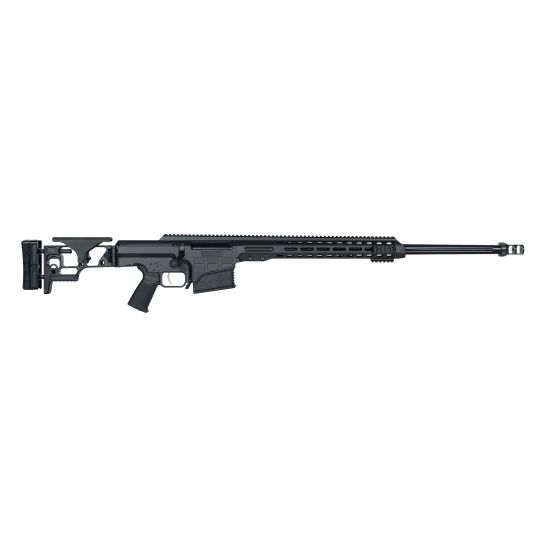
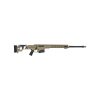
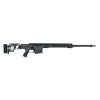
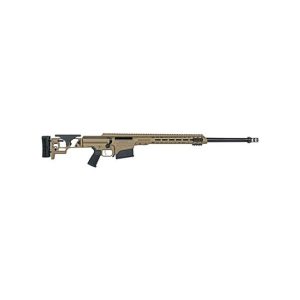
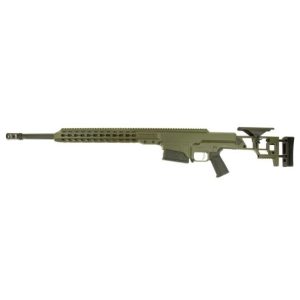
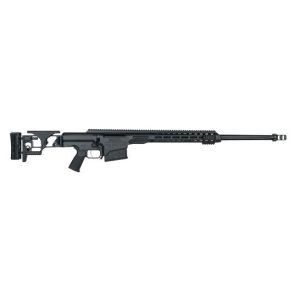
Reviews
There are no reviews yet.